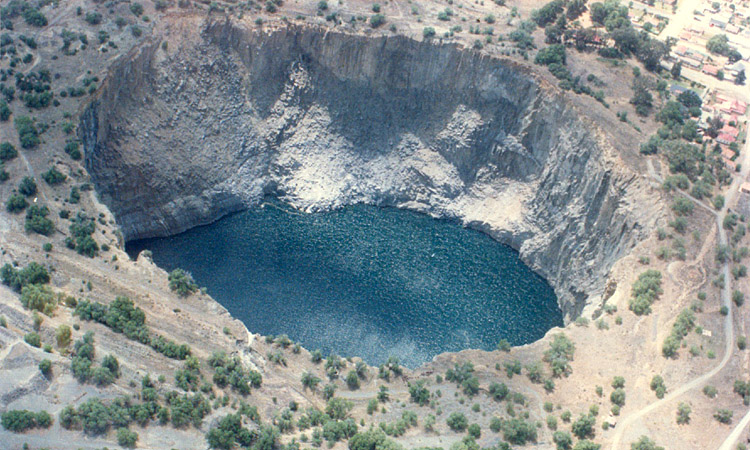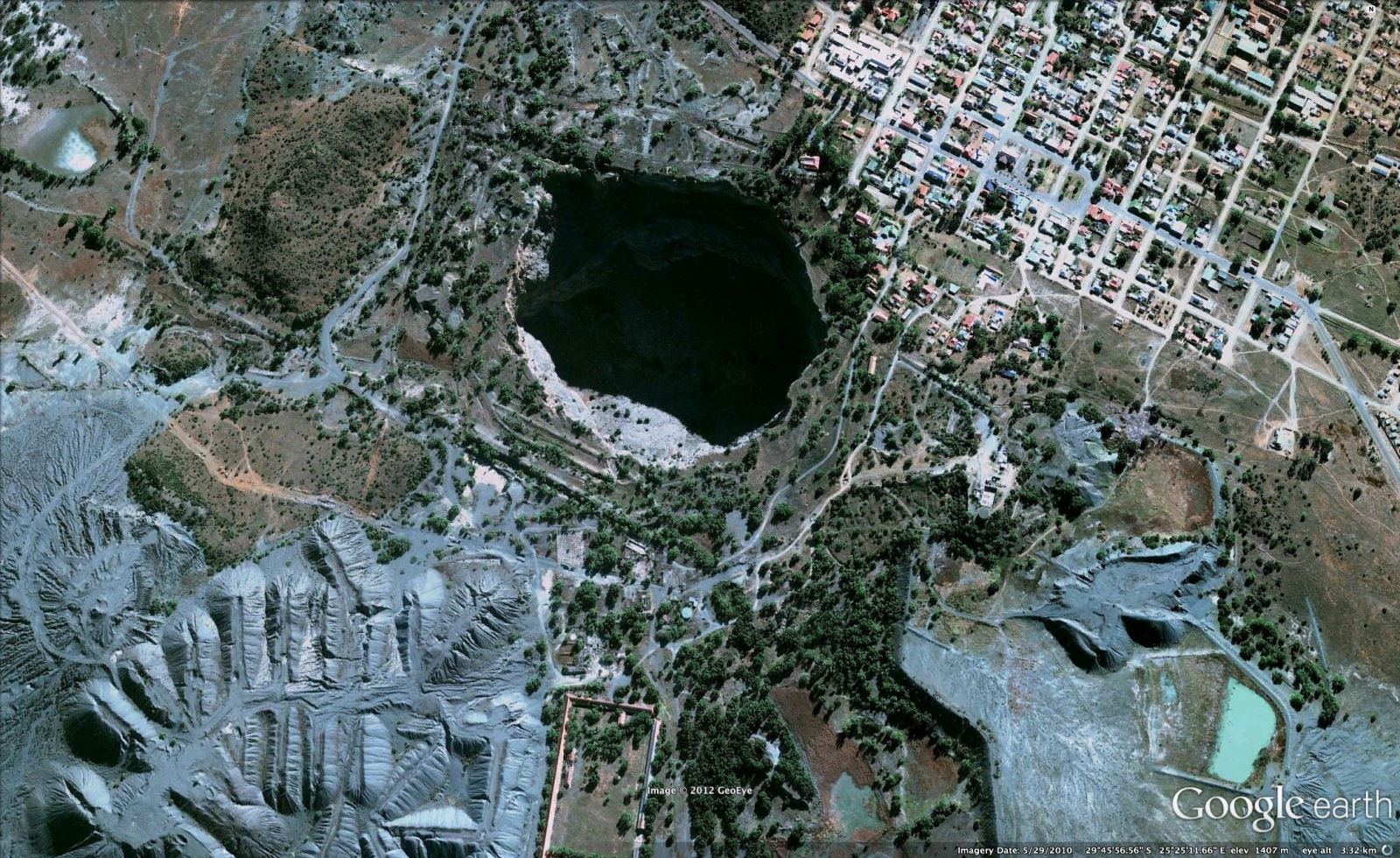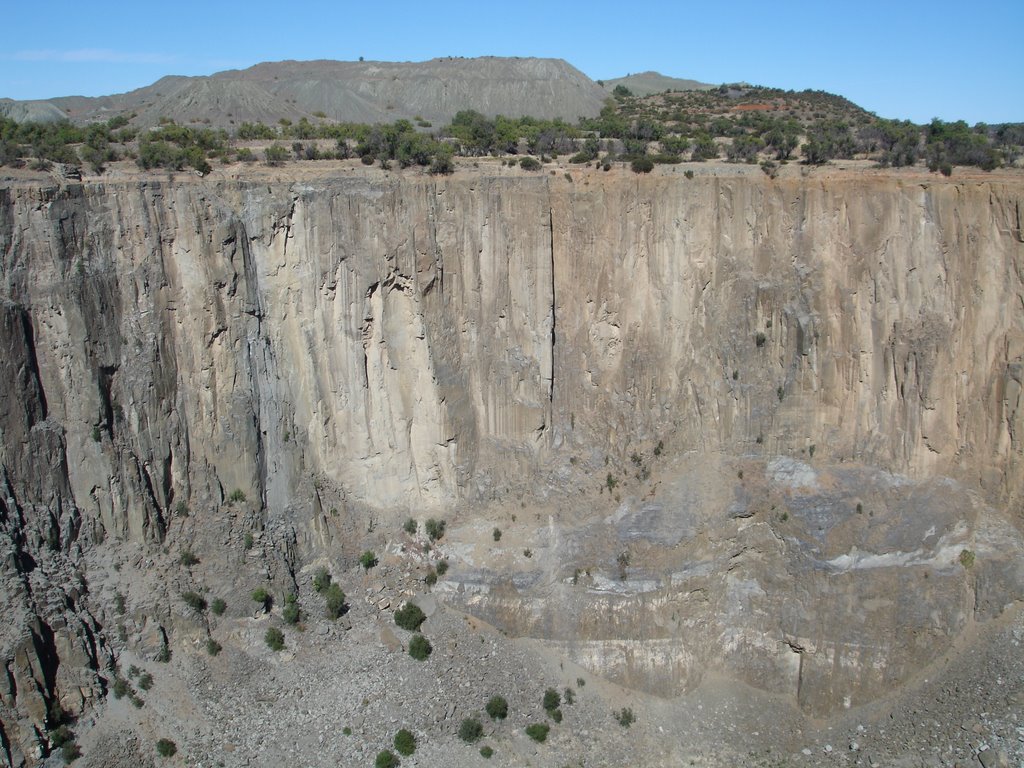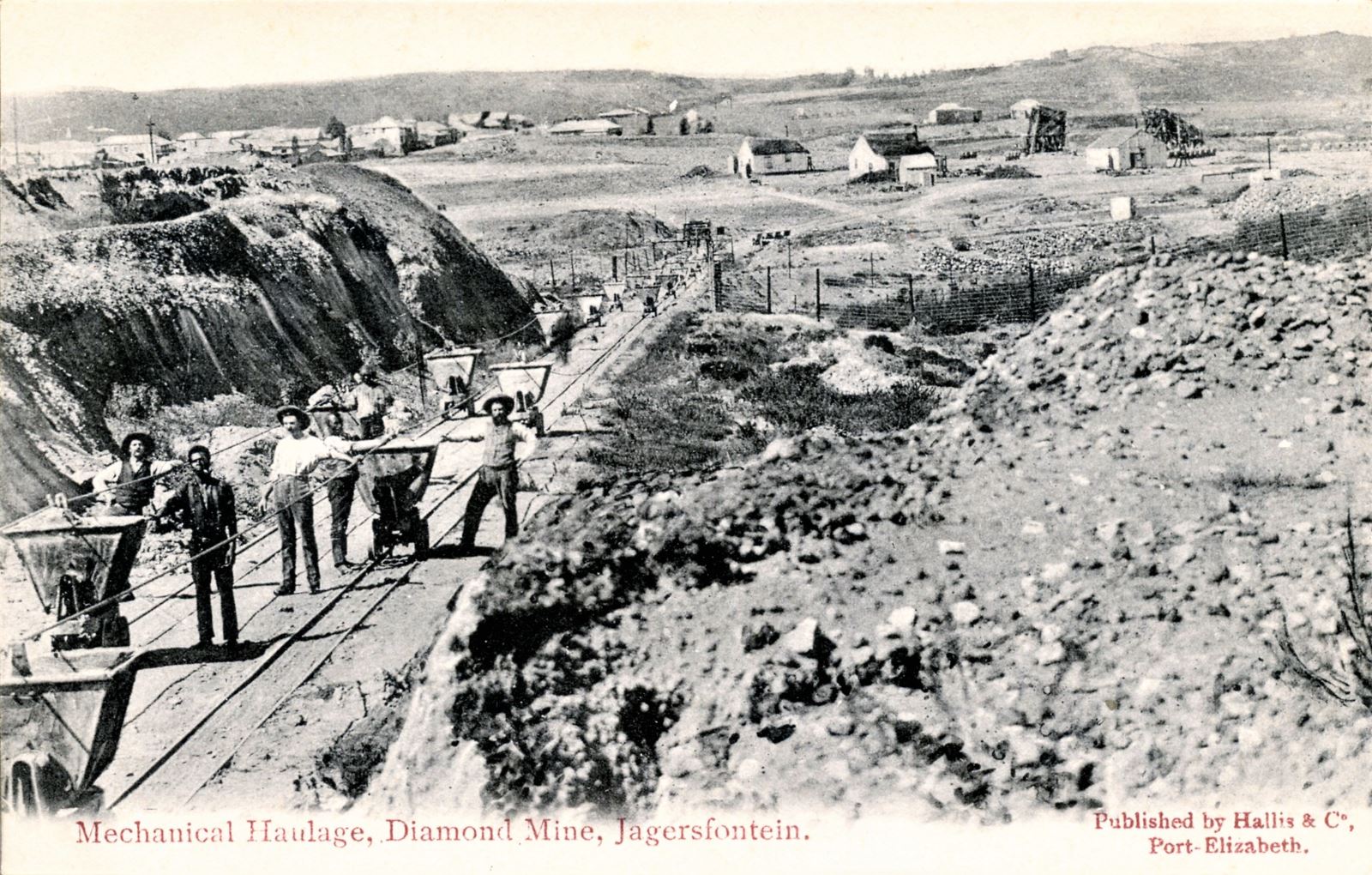Jagersfontein Mine is an abandoned open-pit mine in South Africa, located close to the town of Jagersfontein and about 110 kilometres (68 miles) south-west of Bloemfontein. Since it was first established in 1870, two of the ten biggest diamonds ever discovered, the Excelsior and the Reitz (now called the Jubilee), were mined from Jagersfontein.

The term "Jagers" has since been coined to denote the distinctive faint bluish tint of the gems from this mine. Among geologists, Jagersfontein is known as a kimberlite pipe, and a prime locality for mantle xenoliths, some of which are believed to have come from depths of 300–500 km (190–310 mi).

About 9.6 million carats (1,900 kg) of jewel-quality diamonds were extracted during the mine's century of operation, interrupted only by the two World Wars and the Great Depression. After thirty-nine years of open-pit mining, underground mining began in 1909, and continued until it's eventual closure on May 28, 1971; less than a year after the centenary of the first diamond discovery in the area. Since then, an Open Mine Museum and the Jagers Mining Village have opened as tourist attractions at the site.

Research by historian Steve Lunderstedt in 2005 confirmed that the mine was the biggest hand-excavated hole in the world at 19.65 hectares (48.6 acres).

According to en.wikipedia











